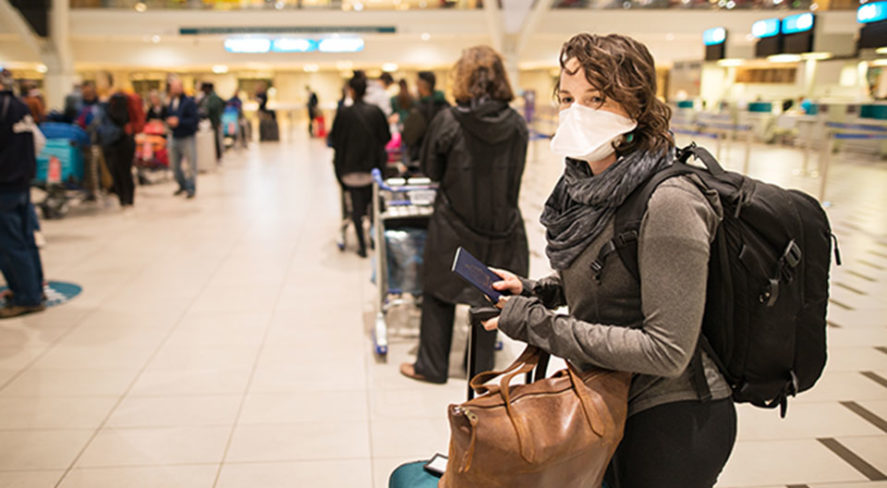What COVID-19 & Masks Mean for the Security Industry

The coronavirus pandemic is continuing to present new challenges and opportunities for the security industry.
Facial recognition is a part of some security solutions, but with so many people wearing masks now, the technology’s effectiveness can be reduced. As a result, several companies are revising their algorithms to focus more on the eyes and upper face. CNET has suggested that “the industry is looking at the situation more as a speed bump than a roadblock,” but skeptics say that the adjustments will not be simple, since the area of the face that can be used for identification purposes is basically cut in half. This is not as much of an issue for well-lit photos of people looking directly at the camera, but it adds difficulties when images are less than ideal.
“Masks are nothing new to us, but that doesn’t mean it’s all perfect,” an executive at a technology company told Wired.
The National Institute of Standards and Technology has announced plans to investigate facial recognition accuracy on mask-wearing subjects, but the agency’s activities have been slowed by the outbreak.
While companies are adjusting their facial recognition systems in response to virus countermeasures, they are also adding new functionality to their algorithms, including what might be called mask recognition. Artificial intelligence is being applied to video feeds to identify people who are not wearing masks in places where it is required. Forbes reported that airlines in particular are interested in this technology as they seek to reassure people of the safety of flying.
“Airlines – at least the ones we have spoken to – are fully invested in actually enforcing mask wearing in general,” one solutions provider said. “So they want to insist that not only passengers who enter the aircraft, but those who are in the waiting area before they board, do wear masks.”
As with any technology, policies and procedures will determine the nature of the implementation. Options range from airline staff addressing the matter with maskless people to more indirect approaches, such as publicly displaying constantly updated mask wearing percentage data in a given area.
“In that way,” the solutions provider told Forbes, “it gives both a social nudge and the data that would help a passenger make informed decisions.”
